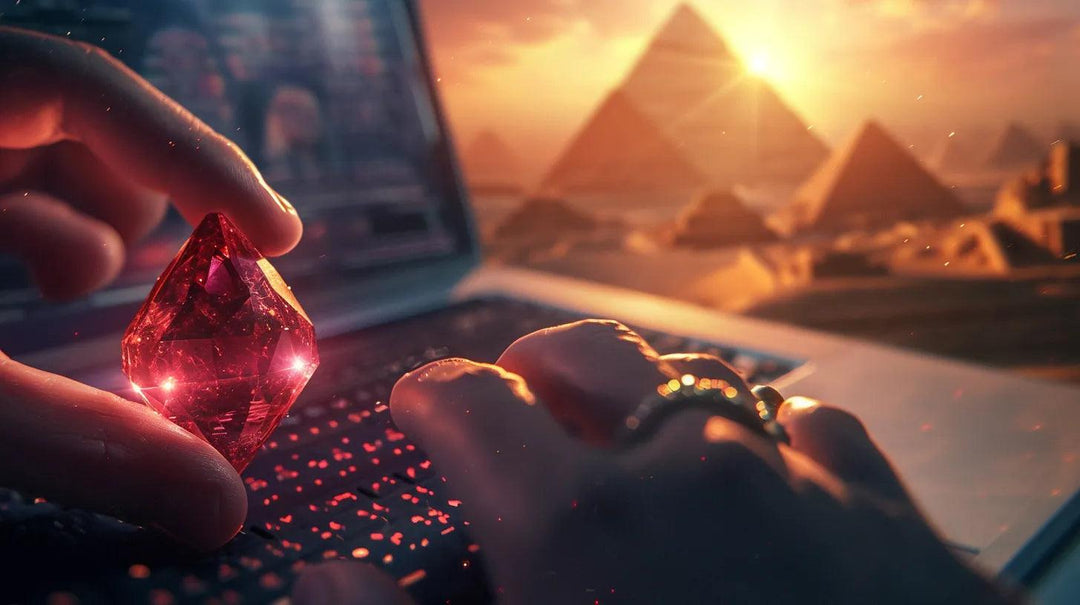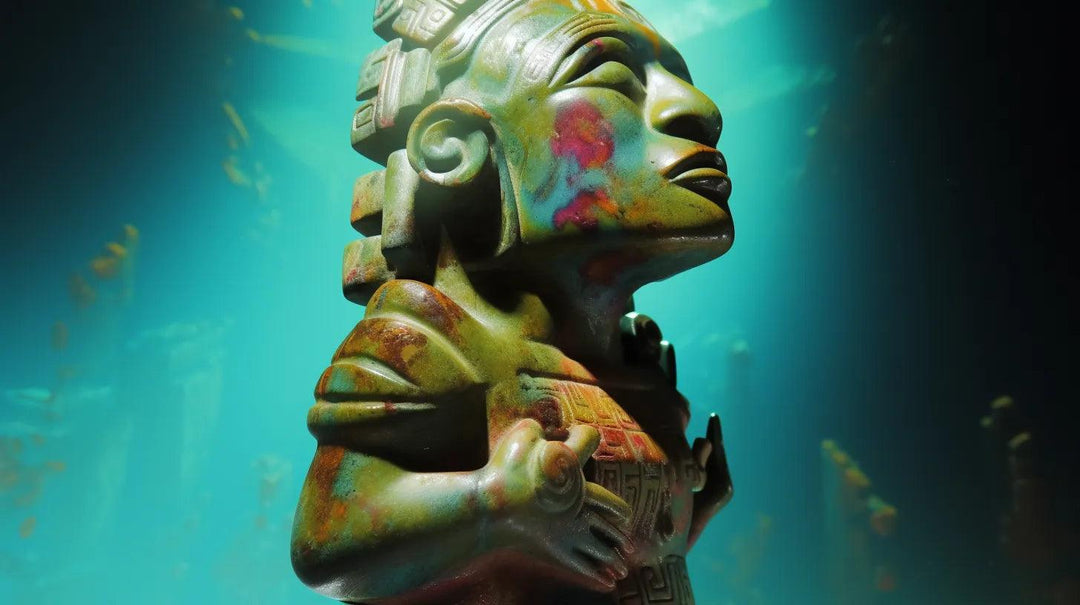Signed Soccer Shirts 101 - Three Important Things You Need To Know
Embarking on the journey of collecting signed soccer shirts is an exciting venture filled with the allure of owning pieces of sporting history. However, the quest for authenticity and value can be a daunting task, especially for amateur collectors. This blog simplifies the process by dissecting crucial aspects to consider, ensuring you obtain that cherished signed shirt at the right price, with a hallmark of authenticity, and framed to perfection.
Top Certificates of Authenticity
Certificates of Authenticity (COA) are the gold standard for verifying the authenticity of signed soccer shirts. Reputable firms like Icons, A1 Sporting Memorabilia, and Exclusive Memorabilia, among others, provide these certificates alongside photographed sessions to validate signatures. Obtaining a COA from esteemed organizations aids in appraising the item's value accurately, and instills confidence in amateur collectors about their purchase. This knowledge is a powerful tool for negotiating fair prices and ensuring the authenticity of the prized memorabilia. Also, photos of the signing during sessions will add value to the shirts.
Different Shirt Types
Understanding the type of shirt - be it Replica, Fanshop (Vintage), Match Worn, or Match Issued - is pivotal in gauging its value and authenticity. Match Worn shirts, worn by players during matches, often carry a higher value due to their unique history. On the other hand, Replica or Vintage shirts offer a more affordable entry point into the collecting realm. Being informed about these distinctions empowers collectors to make knowledgeable decisions, ensuring they pay a fair price for their chosen piece of soccer history. Match Issues shirts should not be mistaken as Match Worn, as they have been part of a match selection outfit, but have never been worn on the pitch itself.
Frames
The choice of frame not only enhances the aesthetic appeal of the signed shirt but also plays a crucial role in preserving its condition over time. Opting for durable materials like glass over plastic, and ensuring a solid rather than fragile frame, can significantly prolong the shirt's lifespan. The manner in which the shirt is folded and the details in the border of the frame contribute to displaying the item in a compelling and protected manner, augmenting the overall satisfaction and assurance of the purchase.
We aim to help to inform you on the pivotal aspects of collecting signed soccer shirts, helping to make better informed decisions. By understanding the importance of Certificates of Authenticity, distinguishing between different types of shirts, and choosing the right frame, you can significantly enhance the value and satisfaction derived from your cherished soccer memorabilia.
Frequently Asked Questions
How can collectors identify reputable sources for Certificates of Authenticity?
Collectors should look for certificates from established and recognized authentication companies or directly from the clubs, players, or official signing events. Researching the company's history, reviews, and its authentication process can also offer insights into its reliability.
What specific characteristics distinguish match-worn shirts from match-issued shirts?
Match-worn shirts often show signs of wear, such as grass stains, sweat marks, or unique modifications for the player. Match-issued shirts, while prepared for use, lack these signs as they were not actually worn in a game.
Are there any recommended materials or techniques for framing that specifically cater to preserving the autographs on the shirts?
Using UV-protective glass and acid-free framing materials is recommended to prevent fading and degradation of the fabric and autograph. It's also advisable to avoid direct sunlight and to use frames that allow the shirt to be mounted without glues or pins that could damage it.






